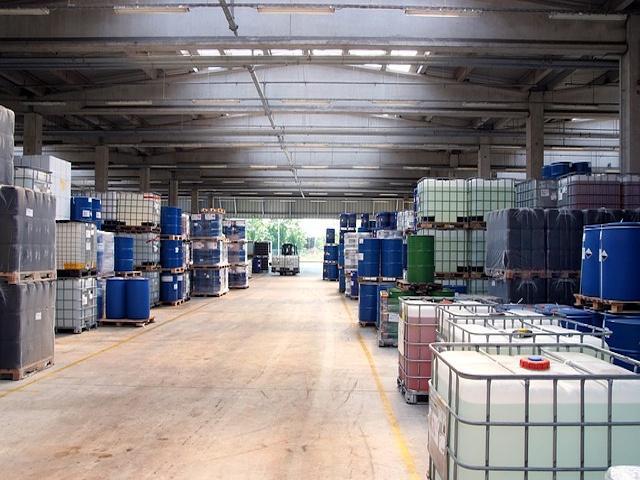Search
Pharmaceutical Supply Chain
Pharmaceutical Supply Chain Project
Capacity constraints were impacting on the ability of the pharmaceutical business to release products to market. 3D modelling provided the opportunity to identify the core roadblocks.
Pharmaceutical Supply Chain Roadmap
CORE PROBLEM
Supply chain assessment was undertaken to assist this client in managing inventory investment and customer service by improving the process of capacity planning and execution. A pharmaceutical operation has a considerable investment in infrastructure to support the production process of semi state and final products.
As the pharmaceutical supply chain is very complicated with multi stage processing and raw material supplies from numerous vendors, capacity planning is reliant on an ERP system that is not flexible. 3D simulation creates an environment where load planning is visual and more responsive to a traditional ERP system.
PROBLEM RESOLUTION
We completed a recent supply chain assessment to focus on this area to understand how physical inventory and data moved throughout the business to influence decision making for manufacturing. By using forecast demand and planning settings, we developed a 3D simulation model to optimise inventory movement throughout the entire manufacturing plant.
A visual capacity planning process, created many opportunities for this organisation to increase tank utilisation while operating within their inventory policy. This approach enables the S&OP team to create a realistic production plan to optimise tank utilisation. Production bottlenecks were easily identified, allowing for more process improvements to be implemented. The entire simulation was extremely interactive allowing users to conduct what if scenarios on vessel capacity and inventory levels.
INITIAL STATE
- Current levels of tank utilisation were very poor, some tanks not even used for days.
- Work order management and release processes were not standard protocols
- Regulatory constraints around document and process compliance created delays for planning.
- Resources were not utilised efficiently throughout the production and warehouse operation
- The cost of goods for manufactured items was not clear and accurate for financial planning
FUTURE STATE
- New As-Is workflow model was created in a dynamic simulation model
- New processes and procedures implemented for work order management to production.
- 3D simulation model provided ability to run scenarios and alter product cycles to tanks
- Tank utilisation levels increased by 30% with volume spread more evenly to all tanks.
- Resources were now focused on supporting required materials to support forecasts.
Our 3D simulation model delivered a quality outcome for our client which is being used to improve other aspects of their operations that were previously extremely difficult to problem solve due to the challenges of traditional data analysis models that were complex in their development, construction, interpretation and solution implementation.


